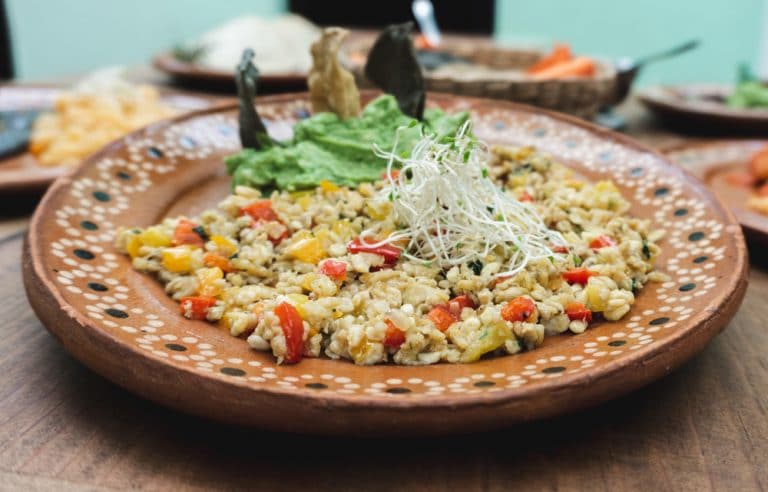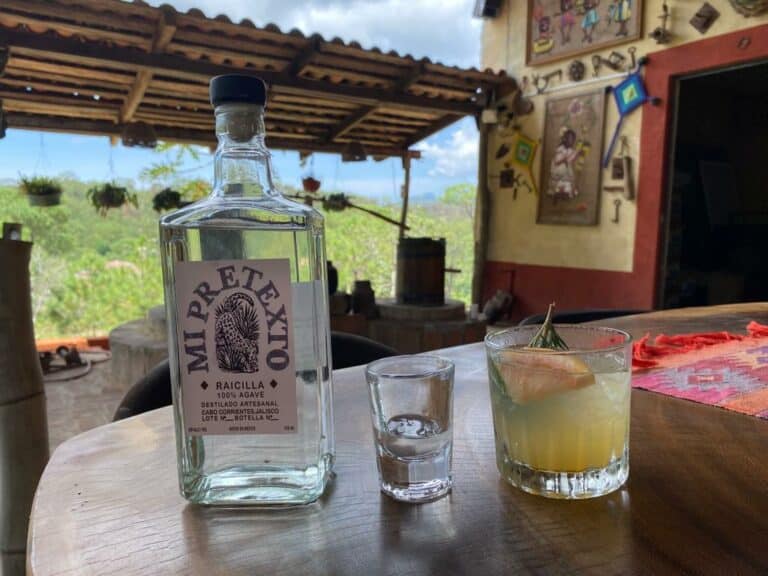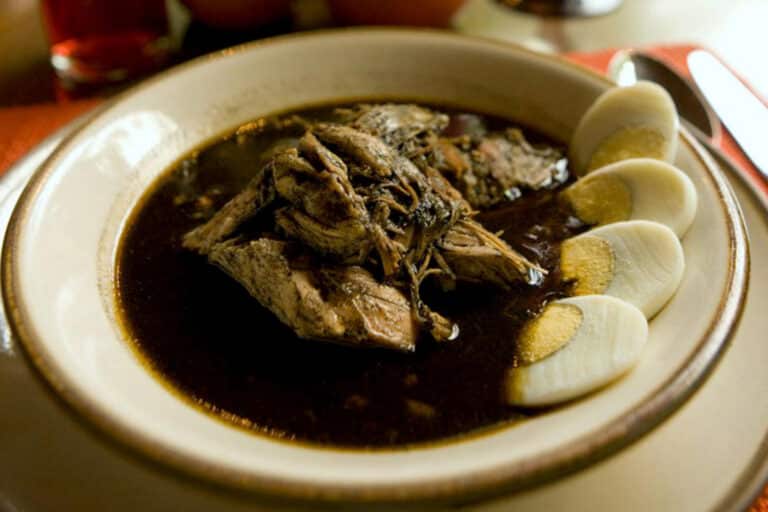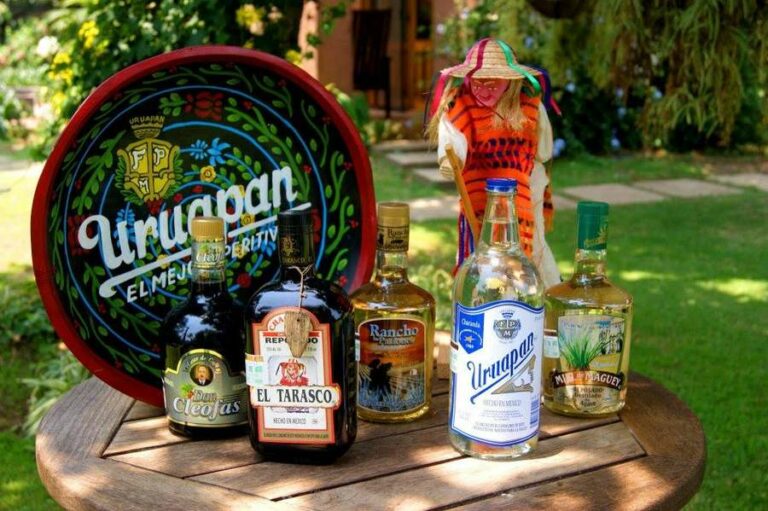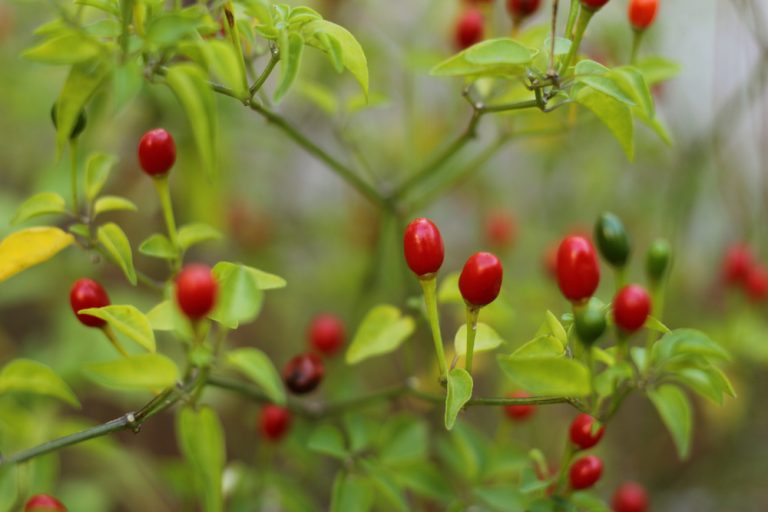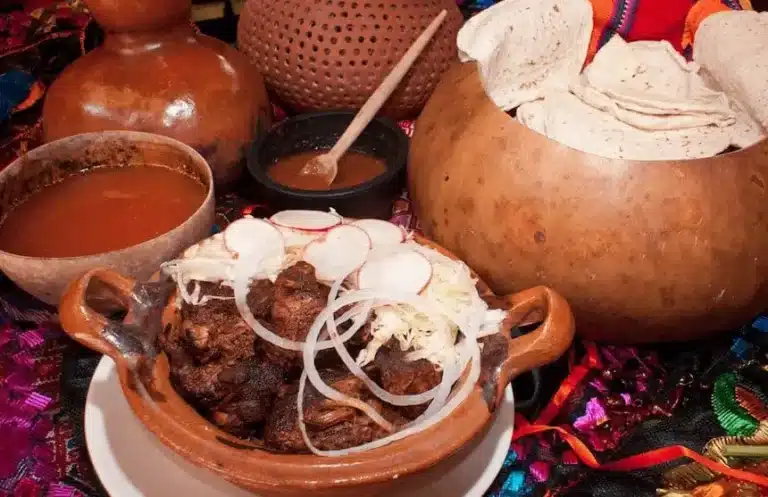What is Cecina Meat and How is it Different From Tasajo?
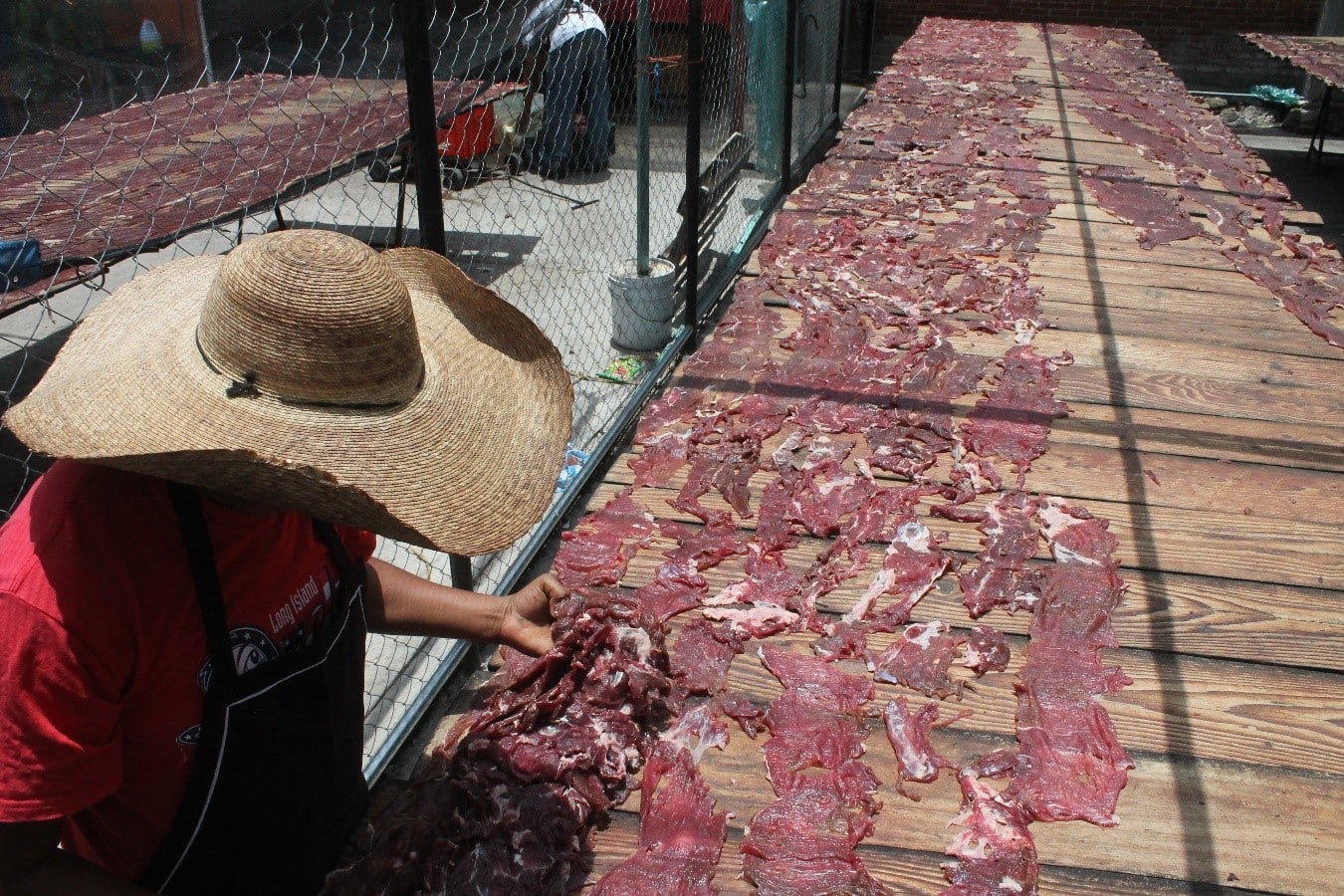
What is Cecina Meat and How is it Different From Oaxacan Tasajo?
Hello friends! In today’s gastronomic exploration, we turn our attention to the delectable world of Cecina meat.
This culinary gem shares the stage with Oaxacan Tasajo but dances to its own distinctive rhythm.
Join me as I unravel the secrets behind Cecina, exploring its origins, preparation methods, and the nuanced differences that set it apart from its Oaxacan counterpart, Tasajo.
How is Cecina Meat made?
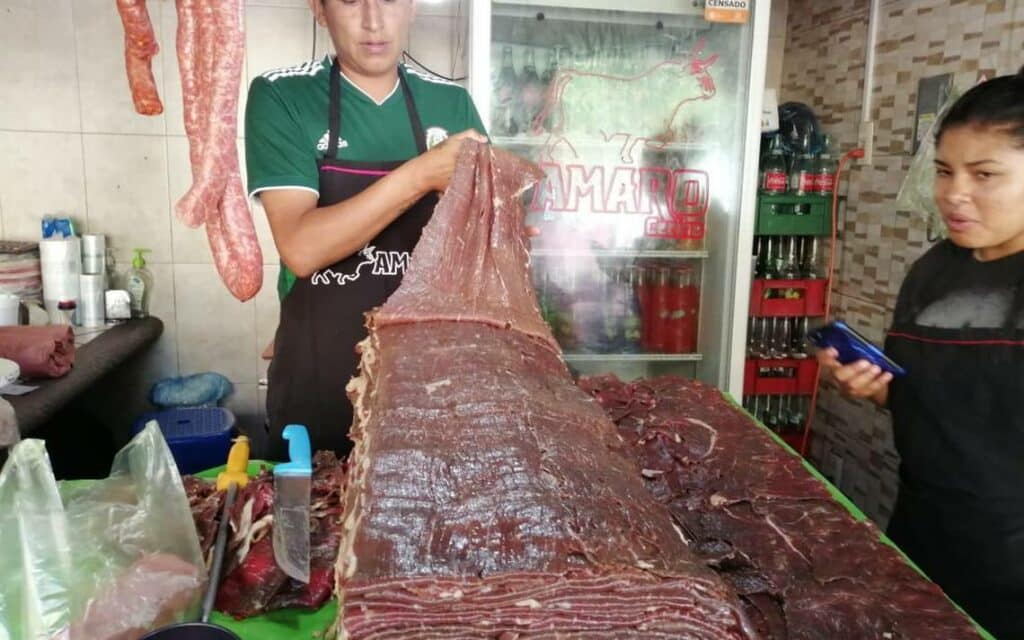
Cecina is made from salted and sun-dried beef.
It is believed that this practice started in Mesoamerica to preserve the meat of animals such as rabbits, deer, or wild boar.
The part used in the beef is the leg, which is known as the center, black pulp, or cañada.
This piece is shredded so that it is split. In other words, it is opened so that the meat is spread out and has the characteristic shape of jerky.
It can measure up to 10 meters long or more, depending on the size of the piece.
Once the meat is cut, it is salted on both sides, laid out on a bed of boards, and left in the sun until it gains a slightly darker red color.
Then it is removed from the sun and hung for 10 minutes to cool. After this time it is time to lard the jerky, then the meat is folded and put in a bag, usually plastic.
Some people usually put it in the refrigerator to keep it fresh, but it can also be left at room temperature.
Where is Cecina from?
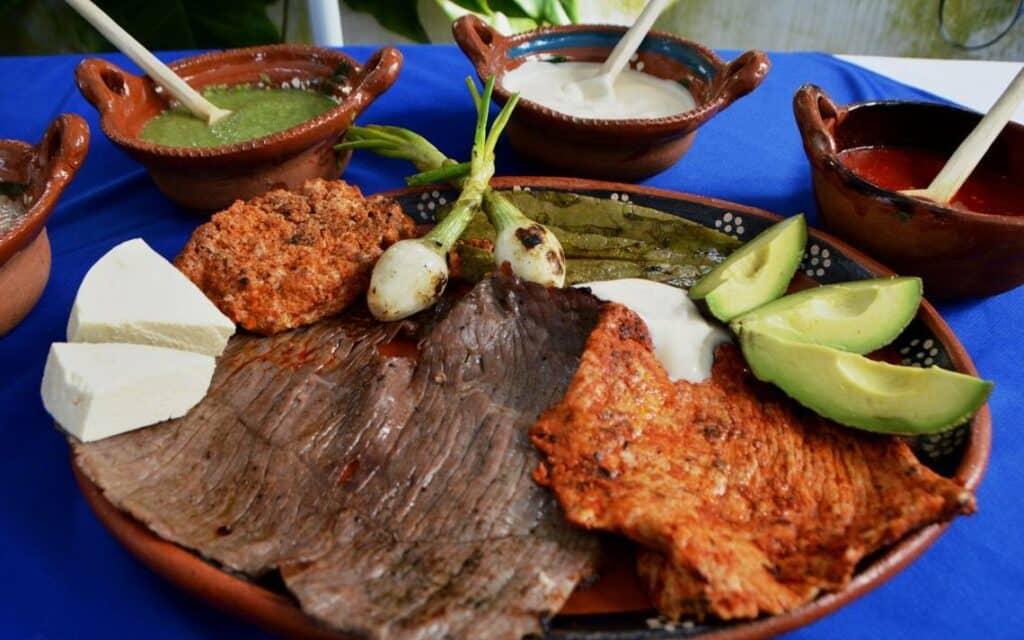
Although you can find Cecina in most parts of Mexico, the capital of this meat is Yecapixtla in the state of Morelos since it is considered to be the tastiest and best quality cecina.
It is no coincidence that the monument to the Cecinero (Cecina maker) is located here.
That is why touring this Morelos town means going to the market and eating some delicious tacos of this dried meat.
Always served with a slice of fresh cheese and avocado, a few drops of lime, and of course, a spoonful of salsa.
Again, Cecina is not only from Morelos, it can also be found in the southwest of the country, for example in Oaxaca Cecina is known as tasajo.
You may want to read: Oaxacan Food: A Feast of 7 Must-Experience Traditional Dishes!
Here it is prepared in a very peculiar way, as the meat is rolled up like a rope or a large cord of meat and hung to dry.
Its texture is very tough and drier, which is why it is first boiled to soften it.
Cecina Meat vs Oaxacan Tasajo
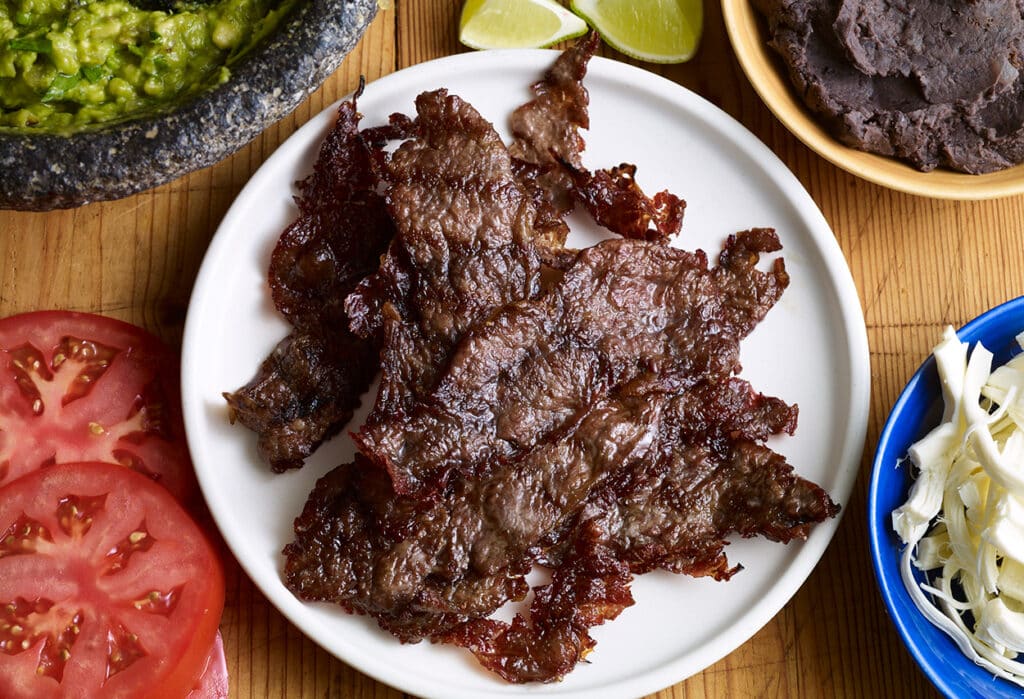
Oaxacan tasajo is one of the many dishes you must try when visiting Oaxaca.
It is a thin and salty dried meat cut that can be found in several dishes, often confused with cecina because both have almost the same style of preparation, preservation, and way of serving.
What is tasajo?
Oaxacan tasajo is one of the most popular and consumed dried meats in our country, its name is because of the cut used, the beef loin is “tasajea” (in other words, it is cut in thin and long pieces).
It is then salted and left to dry hanging in the open air with wood fires around it that help the tasajo to have a distinctive smoky flavor.
It can be served roasted or fried, eaten alone or as a side in another dish, be it tacos, with mole, or tlayudas.
What is the difference with Cecina?
Cecina is a cut of meat that is slightly thinner, less salty, and takes more steps to prepare.
First, the meat is dried by stretching it out on wooden boards for 30 minutes, then it is moved to an enclosed, clean, and cool place where it is left to hang for another half hour and finally, it is larded, folded and refrigerated to preserve it.
As you can see, the only thing they have in common with the tasajo is the drying process in the open air and the salting, which is what helps the meat to keep longer and gives it the salty flavor that represents them both.
Where can I find tasajo in Oaxaca?
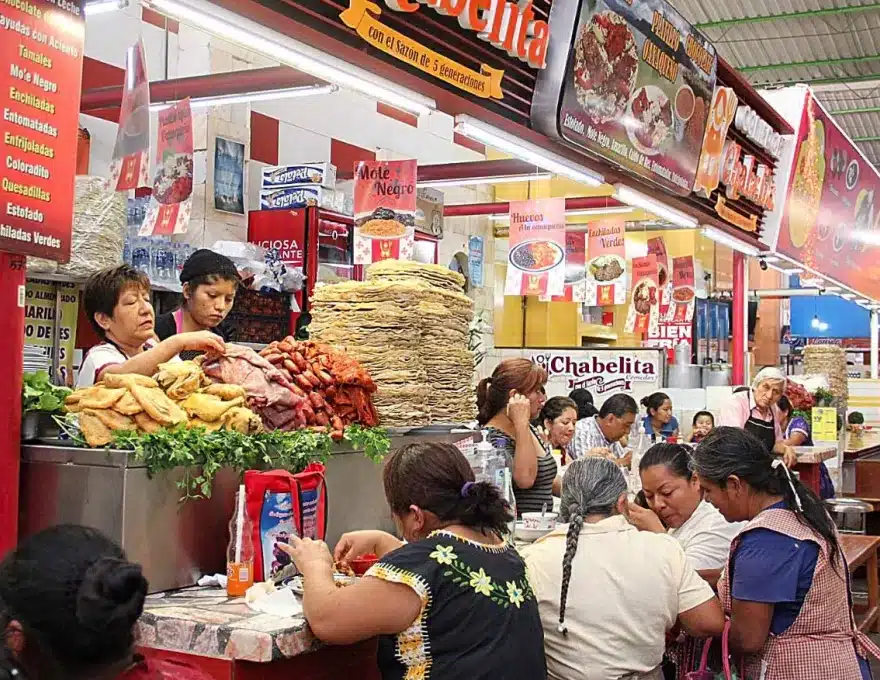
If after reading this article you are left with a craving, I recommend that on your next visit to Oaxaca, you take a walk through “El pasillo de los Tasajos” located in the famous tourist spot “Mercado 20 de Noviembre” in Oaxaca City.
There you will find freshly made tasajo, served with handmade comal tortillas and classic sides like a good salsa, onions, nopales, and avocado; or you can choose to buy it raw to prepare it at home.

